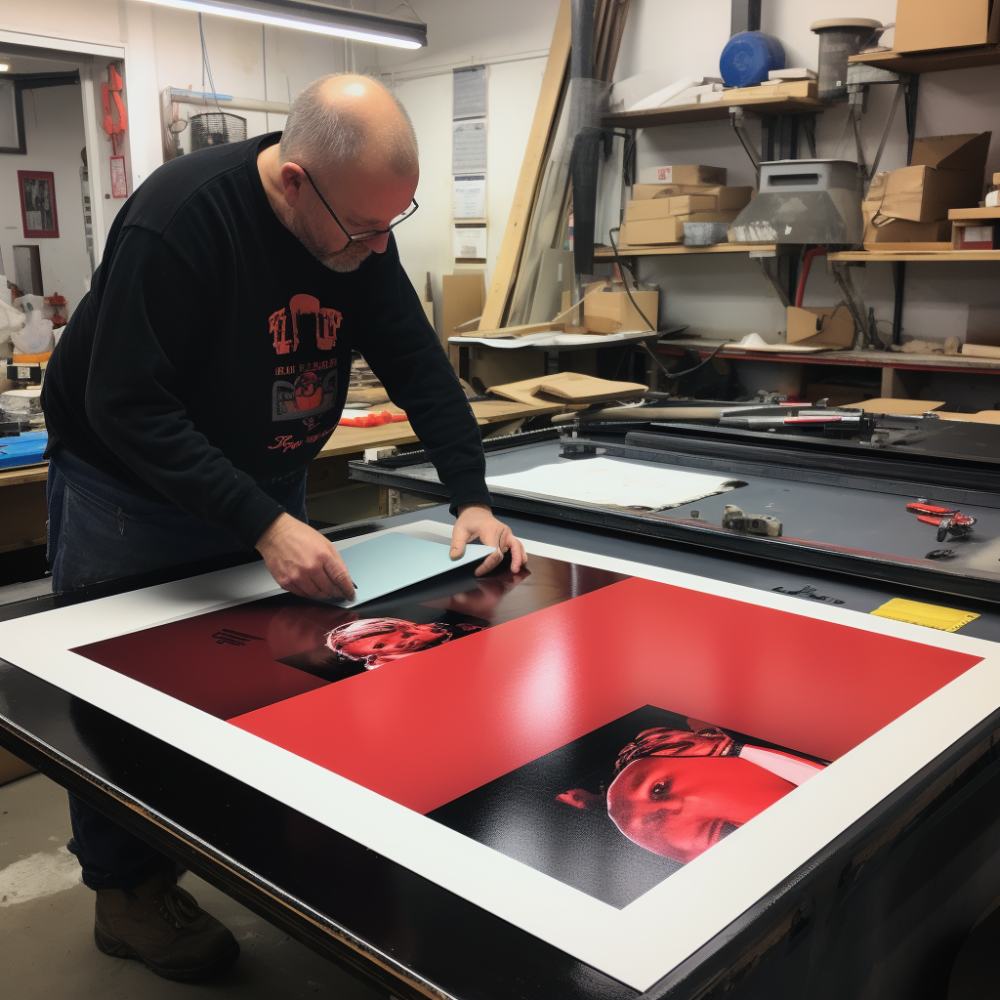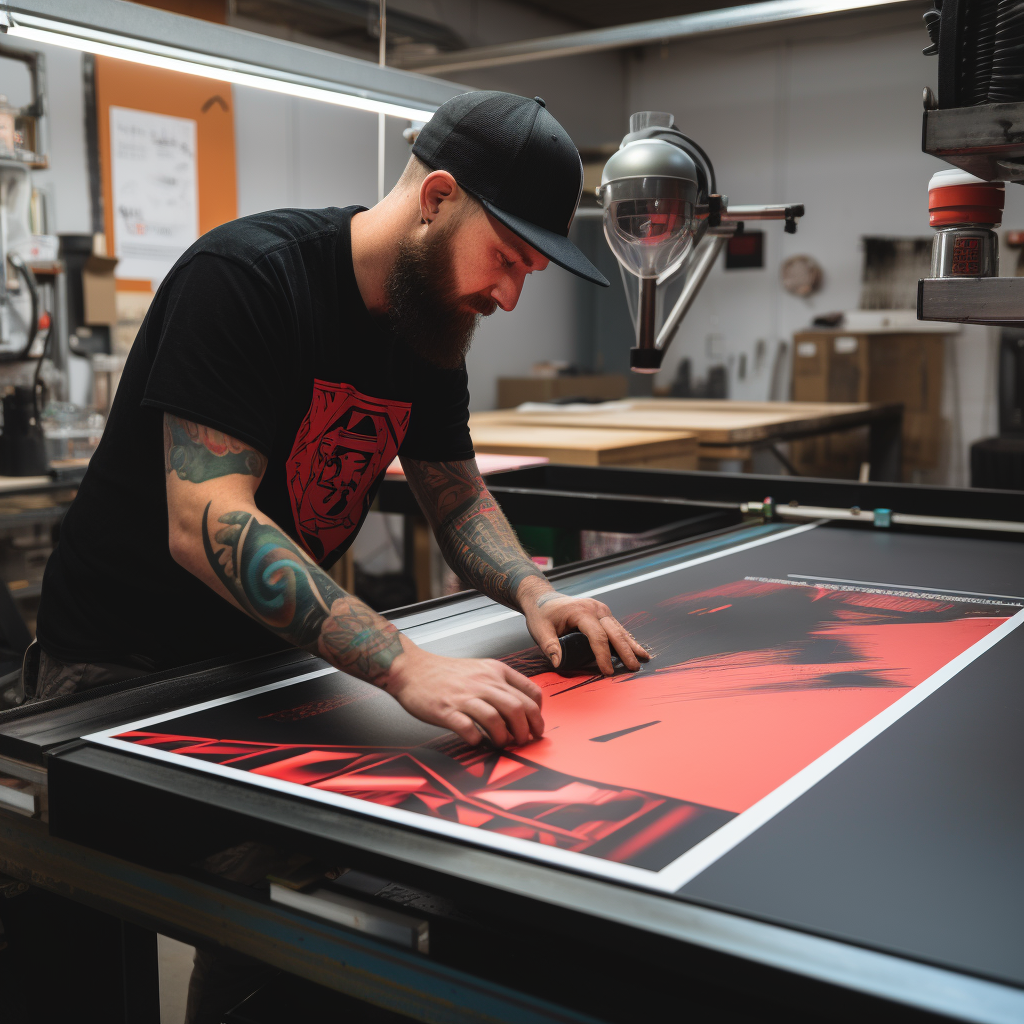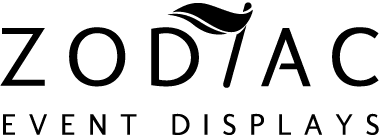
In today’s fast-paced world of advertising, understanding what a banner in marketing entails is crucial for any business looking to make a significant impact. Marketing banners are one of the most versatile and cost-effective tools for promoting products, services, and brands. They come in various forms and are used across multiple platforms, both online and offline.
A marketing banner is essentially a graphic display that can be made from different materials such as fabric, vinyl, or digital pixels. These banners are designed to catch the eye and convey a message quickly and effectively. Whether you’re at a trade show, a local market, or navigating the vast landscape of digital marketing, banners play a pivotal role in capturing attention and driving engagement.
Historically, banners have been a staple in marketing strategies due to their ability to be both informative and visually appealing. They can be customized to fit the specific needs of a campaign, making them an excellent choice for businesses of all sizes. From **large-scale billboards** to **small pop-up signs**, the adaptability of banners is unmatched.
At Zodiac Event Displays, we specialize in creating high-quality, eye-catching banners that help your brand stand out from the competition. If you’re ready to elevate your event marketing, send a message to info@zodiacdisplays.com to amplify your event marketing.
Importance of Banners in Marketing

The significance of banners in marketing cannot be overstated. These visual tools serve as powerful assets in any marketing strategy, offering a myriad of benefits that can help elevate a brand’s presence and effectiveness. One of the primary advantages of using banners is their ability to capture attention quickly. In a world bombarded by information, having a visually appealing and well-placed banner can make all the difference in engaging potential customers.
Banners are also highly versatile. They can be used in various settings, from **trade shows and conferences** to **retail stores and outdoor events**. This flexibility allows businesses to reach their target audience in multiple environments, enhancing brand visibility and recall. Moreover, banners are cost-effective compared to other forms of advertising. They offer a high return on investment by providing long-lasting promotional impact at a relatively low cost.
Another important aspect of banners is their customization potential. Businesses can tailor their banners to reflect their brand identity, incorporating specific colors, logos, and messages that resonate with their audience. This level of personalization ensures that the banner not only attracts attention but also aligns with the overall branding strategy.
Additionally, banners are reusable and durable, making them a sustainable option for ongoing marketing efforts. High-quality materials and advanced printing techniques ensure that banners can withstand various environmental conditions, maintaining their aesthetic appeal over time.
In summary, the importance of banners in marketing lies in their ability to grab attention, their versatility, cost-effectiveness, customization options, and sustainability. By leveraging these benefits, businesses can effectively boost their marketing campaigns and achieve greater brand recognition.
Different Types of Marketing Banners

Marketing banners come in a variety of types, each designed to serve specific purposes and suitable for different settings. Understanding the various types can help businesses choose the most effective banners for their marketing needs.
1. Vinyl Banners: These are durable and weather-resistant, making them ideal for outdoor use. Vinyl banners are perfect for events like trade shows, festivals, and sports events. Their high-quality print ensures vibrant colors and clear text, even from a distance.
2. Fabric Banners: Known for their premium look and feel, fabric banners are often used in indoor settings such as exhibitions and retail stores. They can be easily folded and transported, and they provide a high-end, wrinkle-free display.
3. Mesh Banners: Designed to withstand windy conditions, mesh banners have small holes that allow air to pass through. This makes them suitable for outdoor environments where wind could be a problem, such as construction sites or outdoor concerts.
4. Pull-Up Banners: Also known as roll-up banners, these are highly portable and easy to set up. They are commonly used at trade shows, conferences, and indoor events. Pull-up banners are compact and come with a retractable mechanism, making them convenient for frequent travelers.
5. Pop-Up Banners: These banners are designed for quick setup and takedown, making them perfect for temporary displays and events. They are lightweight and portable, often used for promotional activities, product launches, and exhibitions.
6. Feather Flags: These banners are designed in the shape of a feather or teardrop, and they are popular for outdoor advertising. Feather flags are eye-catching and can be used to attract foot traffic to retail stores, car dealerships, and events.
By understanding the different types of marketing banners available, businesses can make informed decisions that align with their specific marketing goals and event requirements. Each type offers unique benefits and can be customized to effectively convey the intended message and enhance brand visibility.
Design Tips for Effective Banners
Creating an effective marketing banner involves more than just displaying your logo and contact information. To truly capture attention and convey your message, it’s essential to follow some key design tips:
1. Keep it Simple: A cluttered banner can be overwhelming and difficult to read. Focus on a simple, clean design that communicates your core message quickly. Use minimal text and ensure that any images are relevant and high-quality.
2. Use High-Contrast Colors: Colors can play a significant role in grabbing attention. Choose high-contrast color combinations to make your text and images stand out. Ensure that the colors align with your brand’s identity and evoke the desired emotions.
3. Prioritize Readability: Your banner should be easy to read from a distance. Use large, legible fonts and avoid overly decorative typefaces. Stick to one or two fonts to maintain a cohesive look.
4. Include a Clear Call-to-Action: Guide your audience on what to do next by including a clear and concise call-to-action (CTA). Whether it’s visiting your website, taking advantage of a special offer, or contacting you for more information, make sure the CTA stands out.
5. Utilize High-Quality Images: Blurry or pixelated images can negatively impact the perception of your brand. Use high-resolution images that are relevant to your message and enhance the overall design.
6. Balance Text and Images: Strike a balance between text and images to ensure that neither element overwhelms the other. Use images to complement your text and help convey your message more effectively.
7. Consider the Viewing Distance: Think about where your banner will be displayed and how far away your audience will be. Design your banner so that key information is easily readable from the intended viewing distance.
By following these design tips, you can create effective banners that not only capture attention but also communicate your message clearly and compellingly. Well-designed banners can significantly enhance your marketing efforts and contribute to the overall success of your brand.
How to Use Banners Effectively

To maximize the impact of your marketing banners, it’s crucial to use them strategically. Here are some tips on how to use banners effectively:
1. Select the Right Location: The placement of your banner can significantly influence its effectiveness. Choose high-traffic areas where your target audience is most likely to see it. Consider events, trade shows, store entrances, and busy streets.
2. Match the Banner to the Event: Tailor your banner design and messaging to the specific event or occasion. For instance, a festive design for a holiday sale or a professional tone for a business conference can make your banner more relevant and engaging.
3. Integrate with Other Marketing Channels: Banners should complement your other marketing efforts. Use consistent branding, colors, and messaging across all platforms, including social media, email campaigns, and print materials, to create a cohesive marketing strategy.
4. Rotate and Update Banners: Keep your banners fresh and relevant by rotating them periodically and updating the content to reflect current promotions or events. This helps maintain interest and ensures your audience receives up-to-date information.
5. Leverage Double-Sided Banners: If your banner will be visible from multiple directions, consider using double-sided designs. This ensures that your message is seen no matter which way people are approaching.
6. Utilize Portable Banners: Portable banners, such as retractable or pop-up banners, offer flexibility and convenience. They are easy to transport and set up, making them ideal for trade shows, conferences, and other events where you may need to move quickly.
7. Measure and Adjust: Track the performance of your banners through metrics such as foot traffic, social media engagement, or sales increases. Use this data to adjust your designs, placement, and strategies for even better results in future campaigns.
By strategically using banners, you can amplify your marketing efforts and ensure that your message reaches the right audience at the right time. Thoughtful placement, regular updates, and integration with other marketing channels can make your banners a powerful tool in your promotional arsenal.
Measuring Banner Campaign Success

Understanding the effectiveness of your banner campaigns is essential for refining your marketing strategies and maximizing ROI. Here are some key methods for measuring banner campaign success:
1. Track Foot Traffic: If your banner is placed in a physical location, monitor the increase in foot traffic to your store or event. This can be done through manual counting or using digital foot traffic counters.
2. Use Unique URLs and QR Codes: Incorporate unique URLs or QR codes on your banners. This allows you to track how many people visit your website or landing page directly from the banner, providing a clear measure of engagement.
3. Monitor Social Media Mentions: Keep an eye on social media platforms for mentions of your campaign. Increased engagement, shares, and mentions can indicate the success of your banner in capturing attention and driving online conversations.
4. Analyze Sales Data: Compare sales data before, during, and after your banner campaign. A noticeable increase in sales can be a strong indicator of your banner’s effectiveness in driving customer actions.
5. Collect Customer Feedback: Direct feedback from customers can provide valuable insights. Consider conducting surveys or simply asking customers how they heard about your promotion or event. This can help you gauge the impact of your banners.
6. Measure Conversion Rates: Track the conversion rates of actions you want customers to take, such as signing up for a newsletter, making a purchase, or attending an event. Higher conversion rates can be a direct result of an effective banner campaign.
7. Use Analytics Tools: Utilize digital analytics tools to monitor online traffic and behavior. Tools like Google Analytics can help you understand how visitors interact with your site after being directed there by a banner.
By employing these measurement techniques, you can gain a comprehensive understanding of your banner campaign’s performance and make data-driven decisions to enhance future campaigns. Send a message to Zodiac Event Displays to amplify your event marketing and achieve measurable success.









